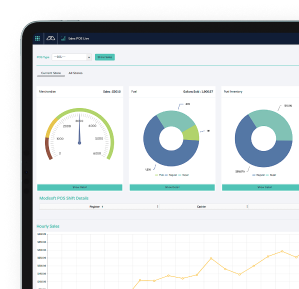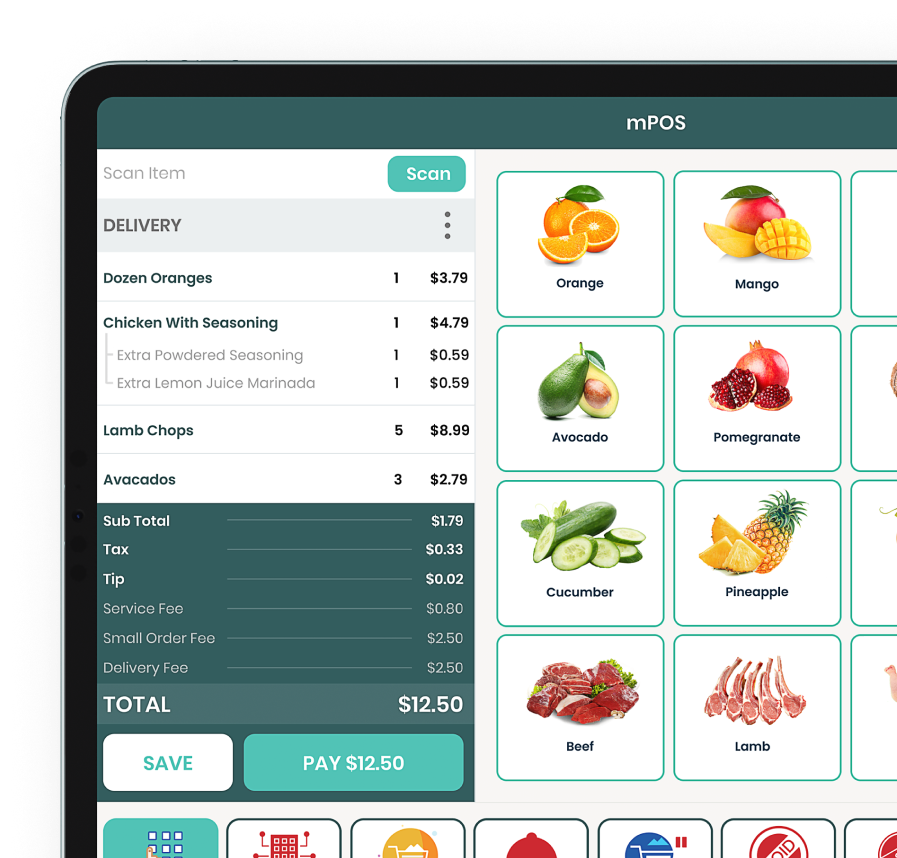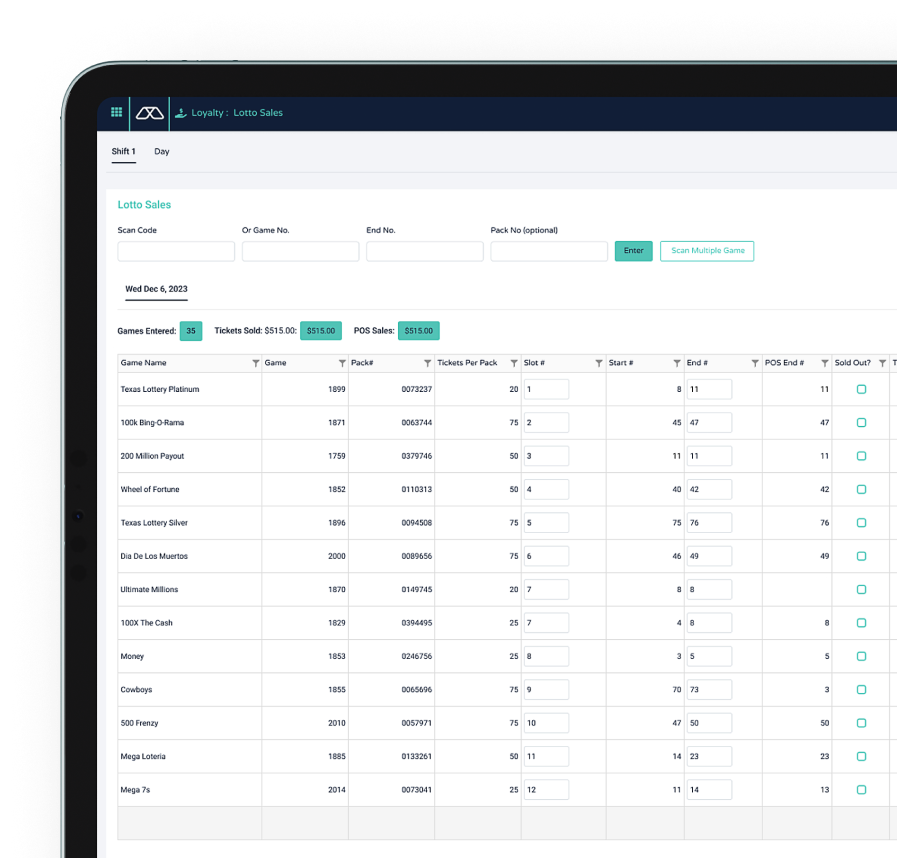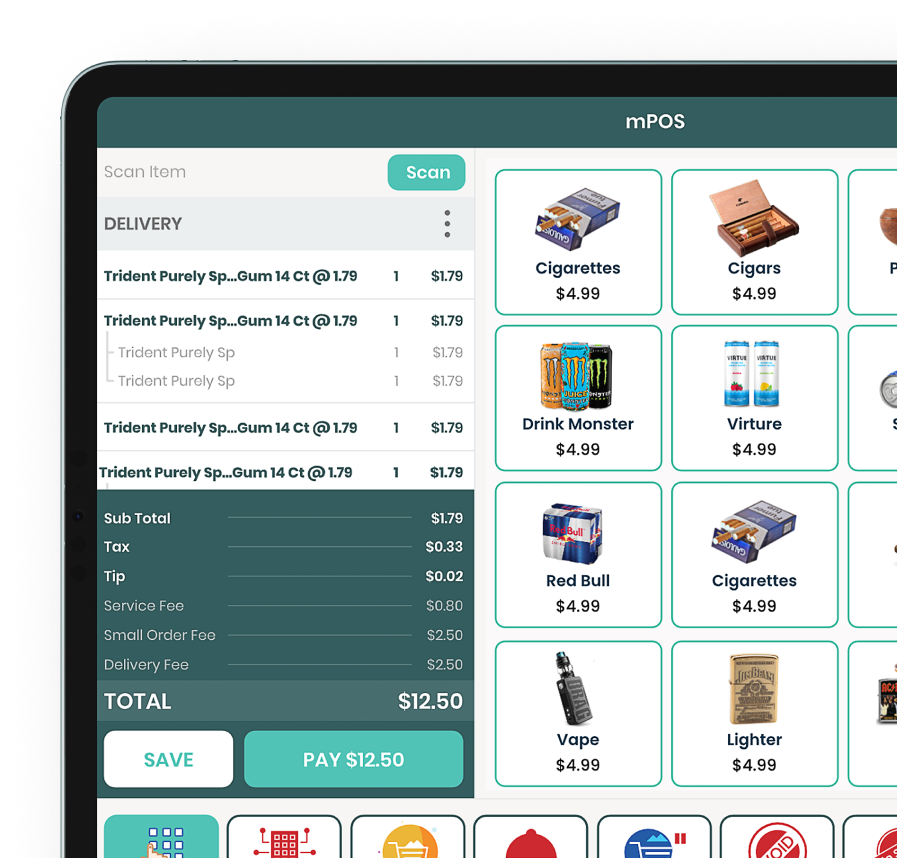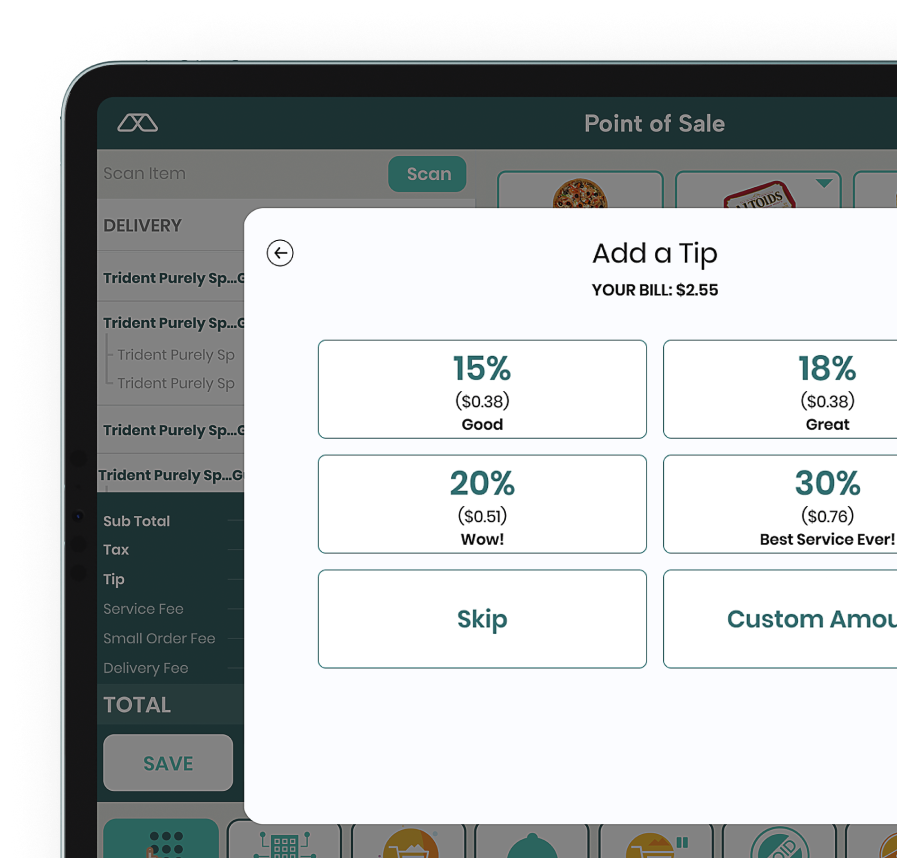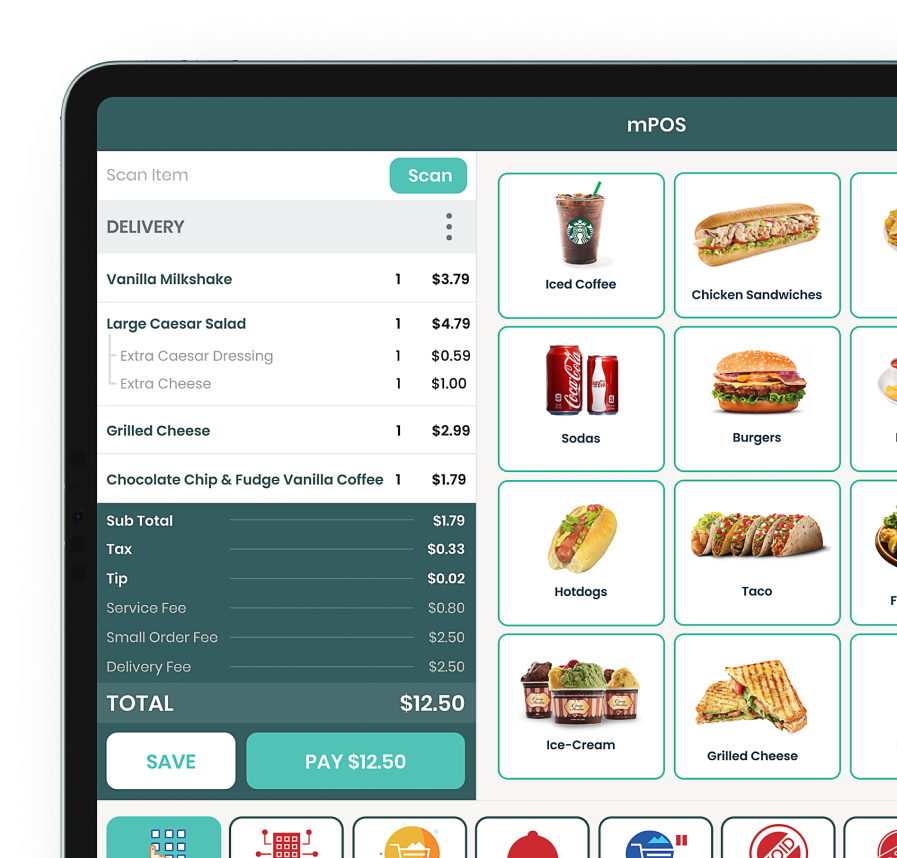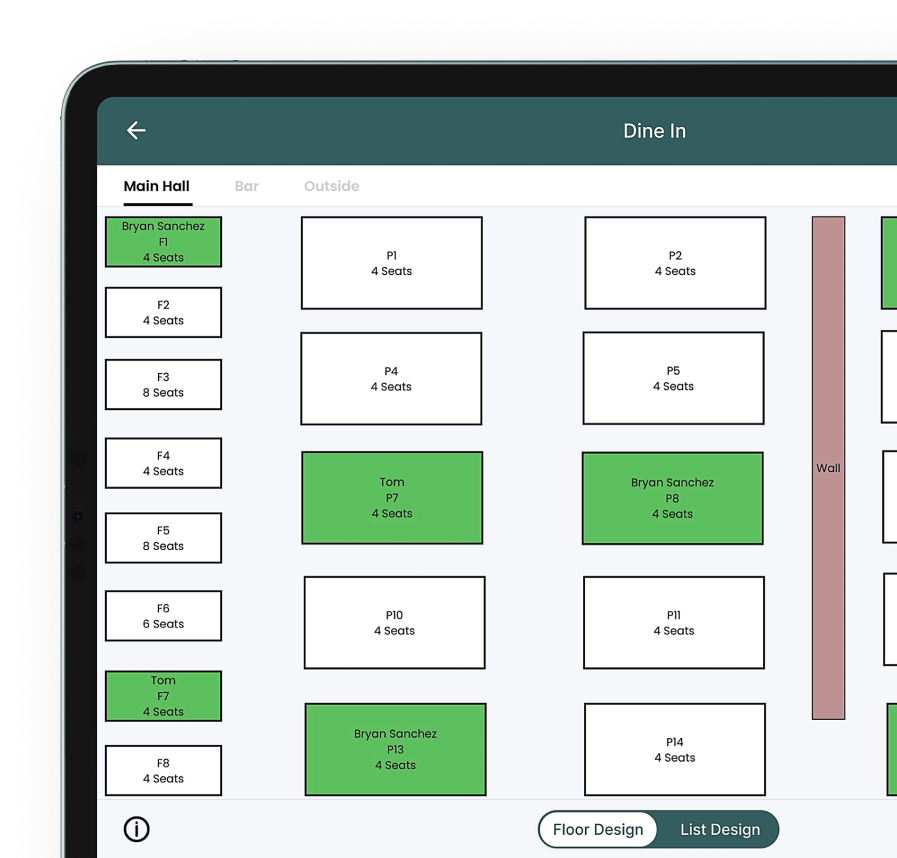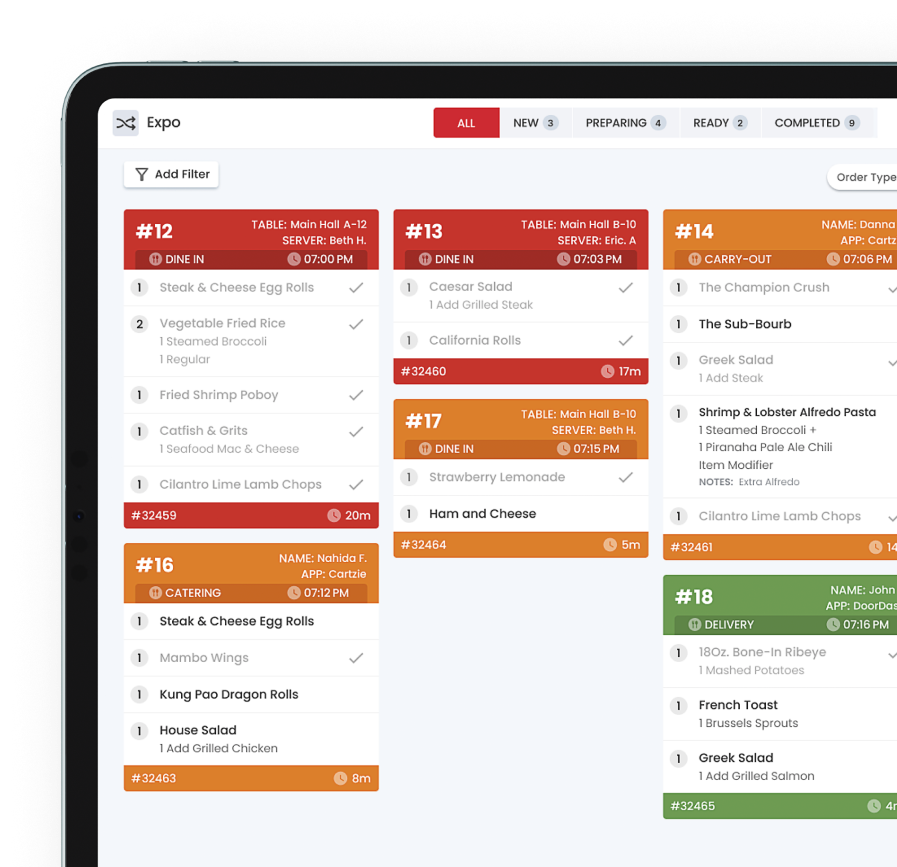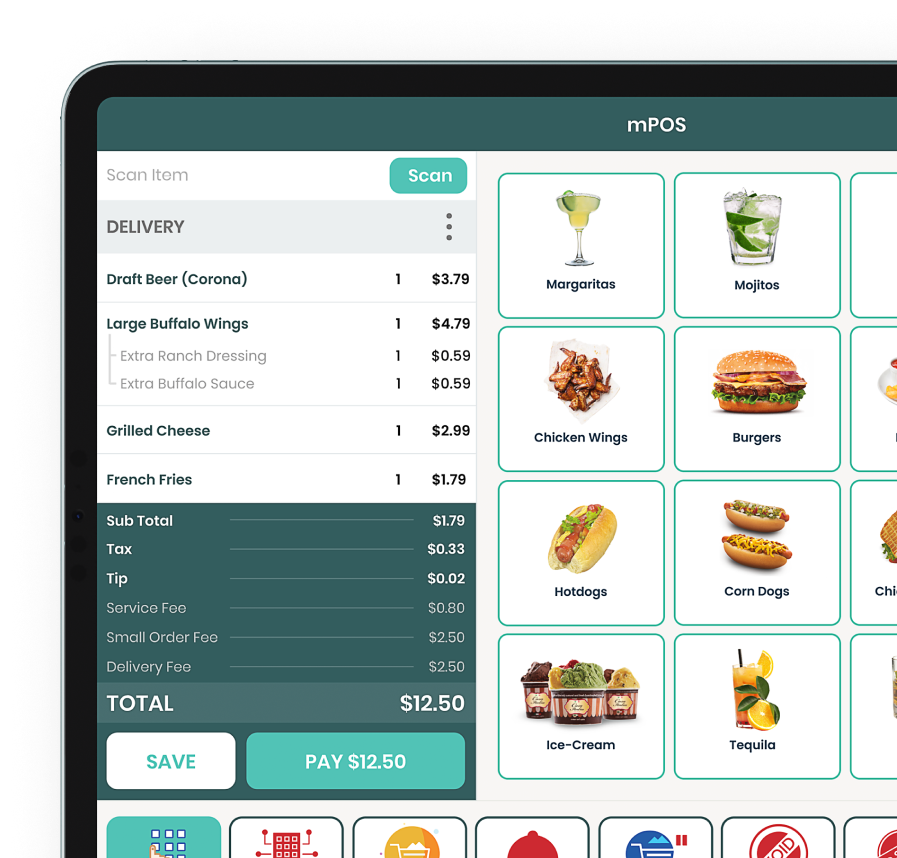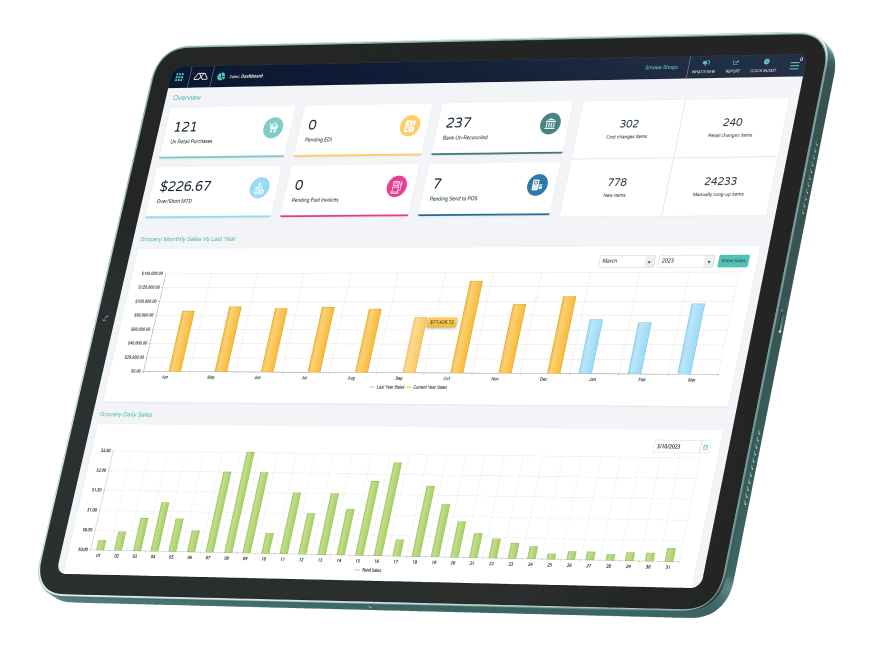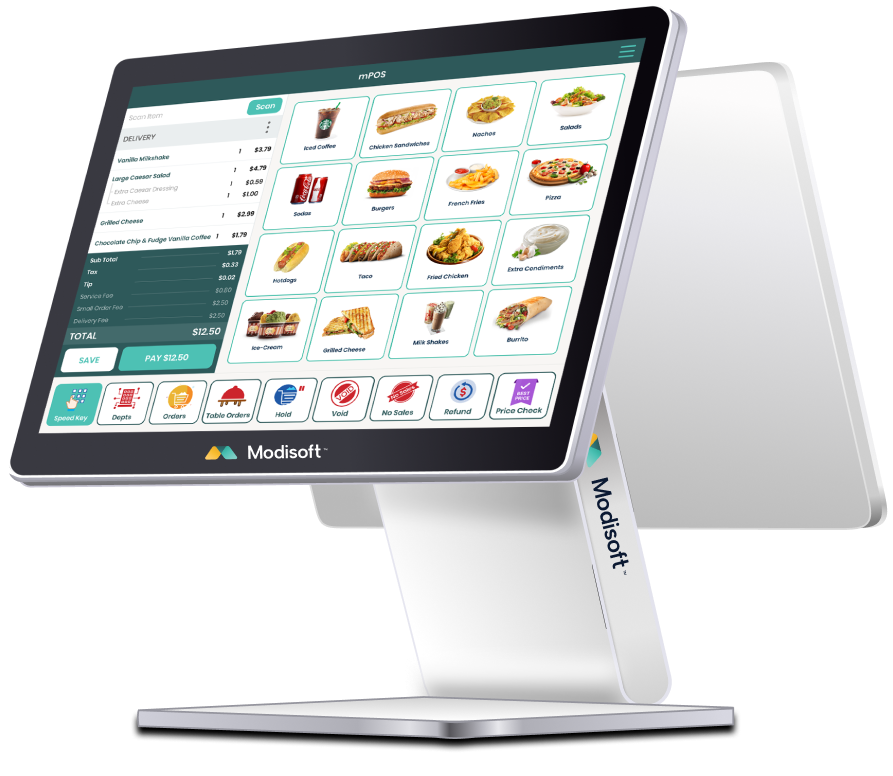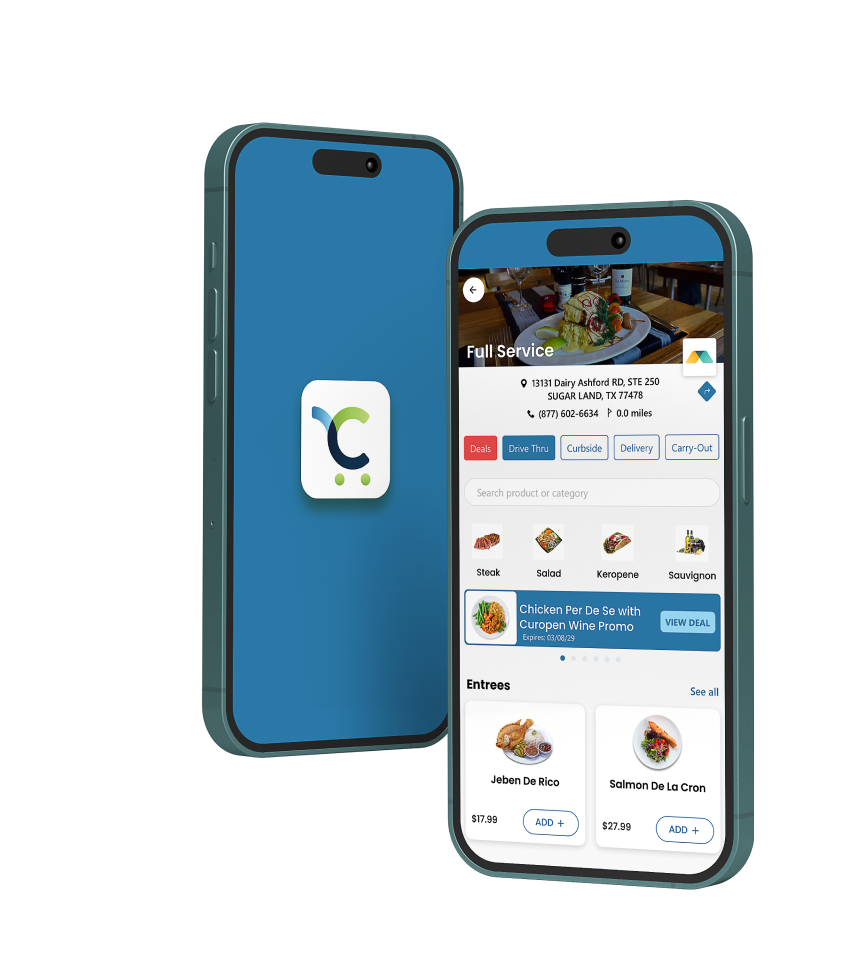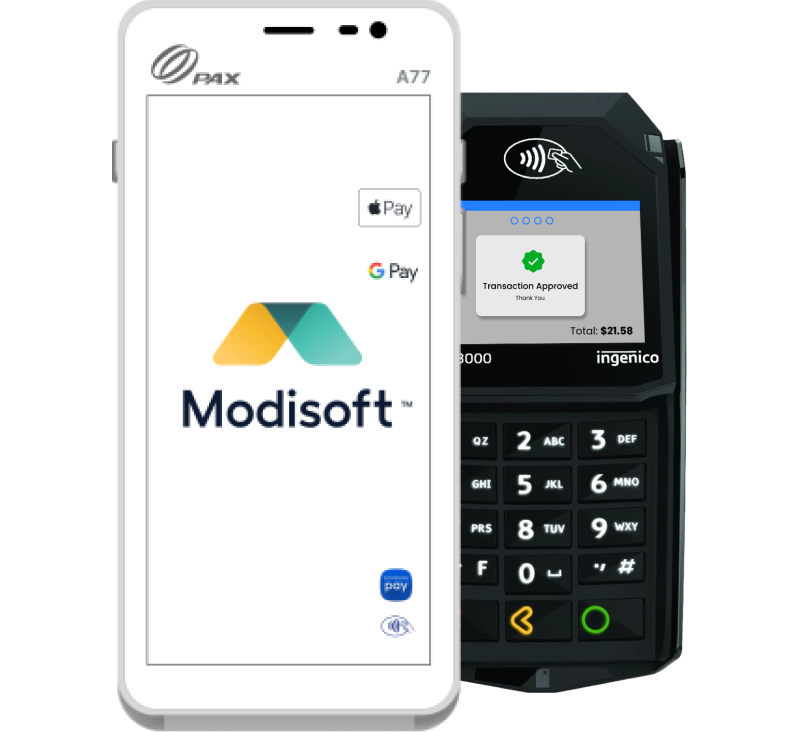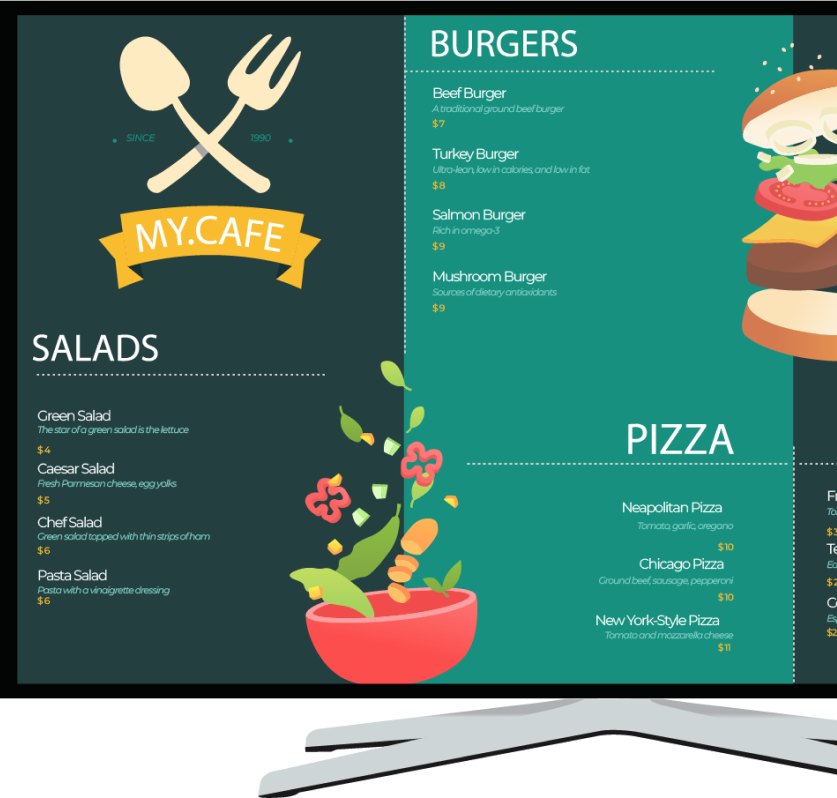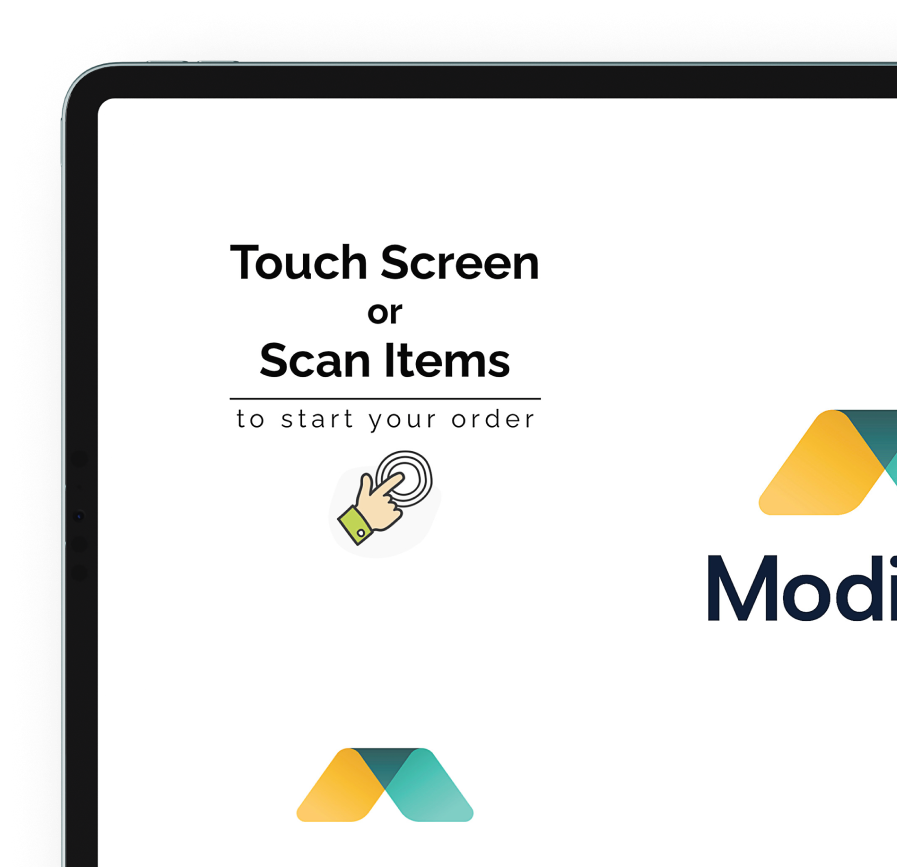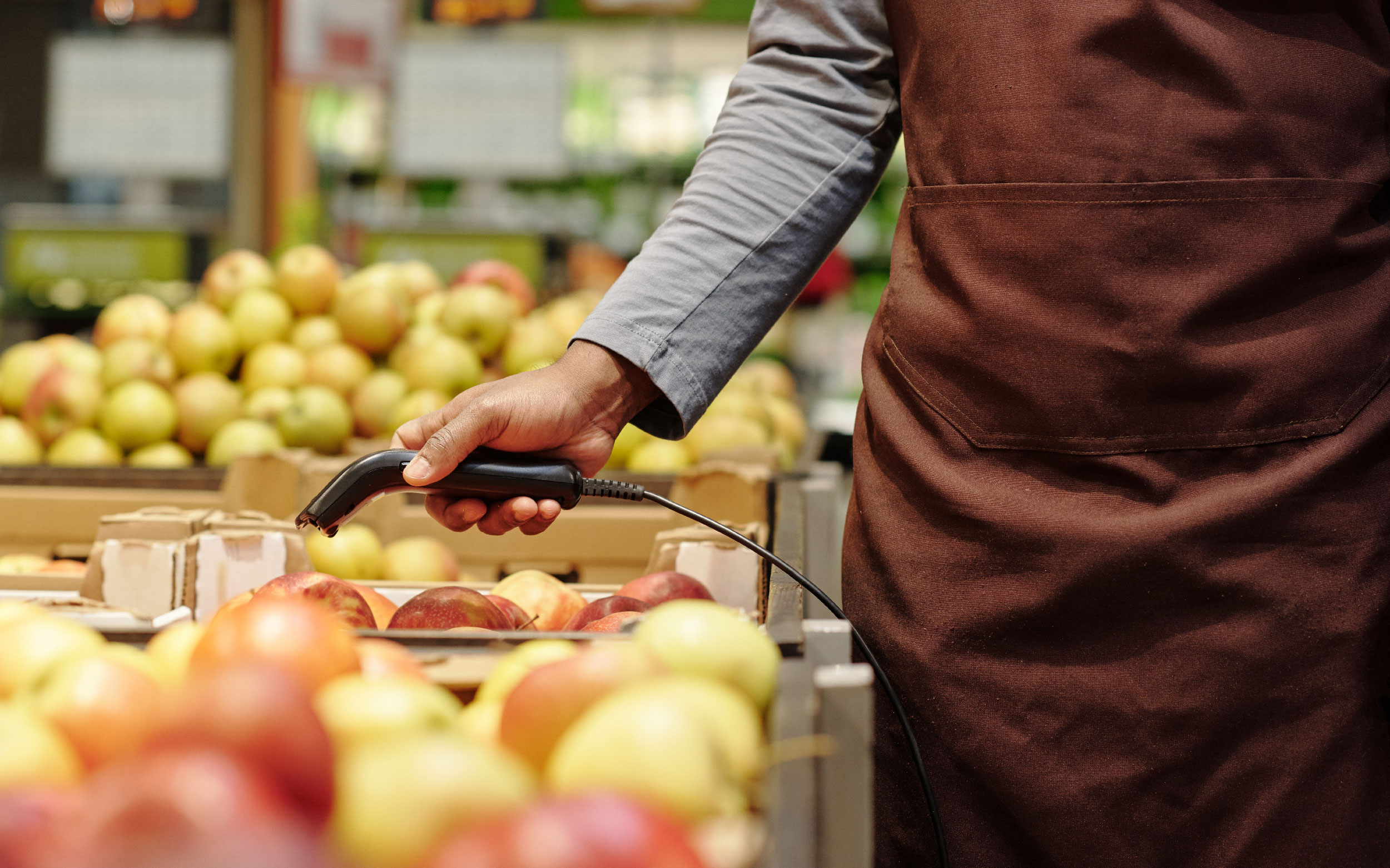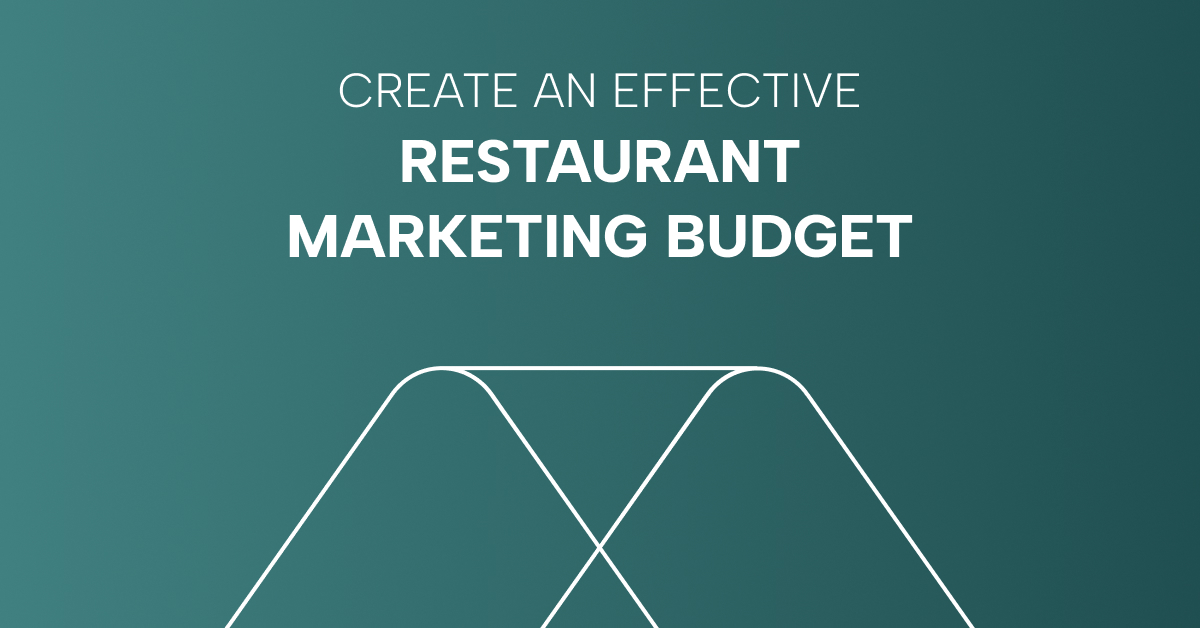
5 steps to Create an Effective Restaurant Marketing Budget
Marketing, like all other parts of a restaurant, requires money. However, unlike other investments in your restaurant, marketing can bring you a higher ROI (return on investment), spread brand awareness, and enhance engagement. Effective marketing efforts increase the visibility of your restaurant while letting you build a strong brand identity. As a restaurant owner, you are always in search of a way to make more profits, and marketing is the tool that can help you push your business forward. However, the abundance of choices and limited budget make it difficult for most of the restaurateurs to create an effective restaurant marketing budget. When creating a marketing budget, you always need to expand your market research to know where to spend your money for a better ROI. Of course, you don’t want to waste a dollar that could otherwise be used in other parts of your restaurant. This blog will guide you on creating a winning marketing budget for your restaurant. Purpose of Establishing a Restaurant Marketing Budget Before going towards our main topic, it is crucial to understand why businesses spend so much on their marketing and why you need a restaurant marketing budget. You have probably heard the phrase “Money Attracts Money” or “You Have to Spend Money to Make Money.” Restaurants invest in marketing for the same reason. Your restaurant might have the best food in the town, but you might not be able to generate thousands of dollars unless your customers know about it. That’s where the marketing comes in! Marketing, in simple words, is to spread awareness in a way that makes people interested in your product or service. It attracts your target audience to your brand through messaging. The stronger the message is, the higher your customer conversion becomes. This is the main reason why you need an effective restaurant marketing budget. Estimated Restaurant Spend on Marketing As restaurateurs became aware of the importance of marketing, they started spending more and more money on marketing and advertising campaigns. According to Statista, advertising spending in the food category in 2023 is around 440 million U.S. dollars. This means that more restaurants are prioritizing marketing as compared to a decade ago. Generally, a typical restaurant should spend around 3-6% of sales on marketing. While it’s always good to allocate money for your restaurant marketing, without spending it correctly, you can’t make your restaurant marketing successful. So, how to utilize your budget wisely? Don’t worry, we’ve got you covered! How To Create an Effective Restaurant Marketing Budget? As someone who is just stepping into restaurant marketing, it’s always a good idea to start with a small budget. You need to first start by tracking money in and money out. The improper tracking of finances can not only result in financial loss but can also lead to the closure of your restaurant. Once you have complete control of your finances, take a percentage of the revenue and allocate it to marketing. It doesn’t need to be specific 5-6%. You can choose whichever you believe is appropriate. Here are the top 5 steps that can help you to create an effective restaurant marketing budget. Step 1: Calculate Your Restaurant Expenses The first step to creating an effective restaurant marketing budget is to calculate your total restaurant expenses. By calculating your restaurant expenses, you can easily determine your total net income for the previous fiscal year and answer questions like: What’s your previous net income? Did you invest in your marketing? If yes, then what is your average ROI? What’s your best-selling product of the year? You need to determine your restaurant’s overall financial health. Scrutinize your revenue streams, fixed and variable costs, and profit margins. This will help you to gain insights into how much income you can spend on your marketing. Step 2: Optimize Inventory Management As a small or medium restaurant owner, it’s obvious that you don’t have much room to allocate a high budget to your marketing. Therefore, cutting and saving costs from other parts of your business can be a great idea to fund your marketing. You can start with optimizing your inventory to save money. Especially when inventory can cost a small fortune, optimizing it can help you to lower your cost. In many cases, manual inventory management leaves room for errors. To avoid it, you can acquire proper inventory management techniques that can do wonders for you. With the right inventory management software in place, you can successfully Minimize hefty expenses Organize kitchen operations Improve customer satisfaction Step 3: Conduct Market Research Effective marketing is based on the research you conduct. You need to know your potential customers and competitors, identify customer dining preferences, track popular trends, and much more. The more information you gain, the better you will analyze the marketing needs of your restaurant. Step 4: Establish Objectives Preparing a restaurant marketing budget isn’t all about Investing your money in campaigns. Instead, you need to establish clear objectives that help you to determine your marketing progress. You need to allocate funds based on how you aim to achieve specific, measurable goals. Make a restaurant marketing plan that addresses your objectives, long-term and short-term approach, and estimated ROI. Step 5: Determine The Marketing Budget Now, once you have followed all the above steps, it’s time to determine your marketing budget. While there is no exact rule to determine your marketing budget, by using any of the following widely used methods, you can easily determine your marketing budget for the restaurant. Percentage of Revenue– In this method marketing budget is derived by calculating the expected revenue of the current fiscal year. Competitive Analysis– This method is relatively easier as you need to derive your marketing budget by analyzing your competitor’s marketing budget. Aligning with Budget– This method, also called a need-based method, is used in small businesses. You spend only the amount needed to achieve a specific number of leads. Restaurant Marketing Budget Breakdown When it comes to marketing, the allocation









